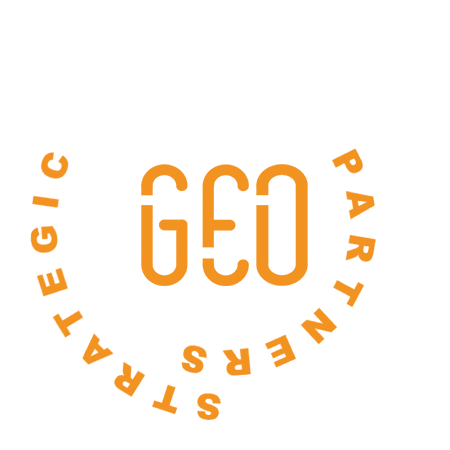How to Measure Blockchain’s Value in Four Steps, Released by World Economic Forum
- GEO Strategic Partners

- Jun 29, 2020
- 3 min read

Amanda Russo
Public Engagement Lead World Economic Forum
Tel.:+1 415 734 0589
Email: arus@weforum.org
To help organizations identify the value of blockchain technology and build a corresponding business case, the World Economic Forum, the International Organization for Public-Private Cooperation, has released the Blockchain Value Framework as part of the white paper, Building Value with Blockchain Technology: How to Evaluate Blockchain’s Benefits.
Co-designed with Accenture, the Blockchain Value Framework is the second in a series of white papers for organizations to better understand that blockchain technology is a tool deployed to achieve a specific purpose, not a goal in itself. This new framework provides organizations with the tools to begin measuring blockchain’s value, including key questions to consider. It is the first visual roadmap of its kind and is based on a global survey of 550 individuals across 13 industries, including automotive, banking and retail, public-sector leaders, chief executive officers and an analysis of 79 blockchain projects.
“In our last paper, we stressed that blockchain deployment is not the end goal,” said Sheila Warren, Head of Blockchain at the World Economic Forum. “We wanted to get beyond the hype. This new framework is for those business leaders that have figured out blockchain is the right solution for a specific problem, but don’t know what to do next.”
“Organizations need to make business decisions and investments with confidence and that requires proof of the value-add and an analysis of why, or why not, they should consider something new,” said David Treat, Managing Director and Global Blockchain Lead at Accenture. “Through this new framework, we aim to educate businesses and challenge them to rethink their current business models, relationships between ecosystem partners, customers and their investments in technology. The path to blockchain adoption starts here with evaluating the technical and strategic priorities and aligning them with investments in innovation.”
The framework starts with questions on blockchain’s role and desired impact. Assessing potential pain points and areas for opportunity without thinking about the technology is essential. Next is to examine the three key dimensions of blockchain’s role alongside its capabilities. The roadmap can assist organizations in moving from current-state assessment to future blockchain opportunity, and to identify where the value will be created and delivered. Cost savings, increased revenue and improved customer experience are all possible business case results.
According to the global survey conducted in conjunction with the new framework, 51% of survey respondents identified “missing out on developing new products/services” as the number one expectation if they do not invest in blockchain technology in the near future. The other two most common answers were missing out on speed/efficiency gains (23%) and missing out on cost savings (15%). The interviews highlighted the potential of the technology to simplify and optimize complete value chains through the sharing of simplified real-time data with increased efficiency. However, the paper also cautions businesses to carefully consider whether blockchain is the best solution, relative to other technologies or other digitization strategies. As noted in the Blockchain Beyond the Hype white paper, blockchain may not be a viable solution or it may not be the correct time to pursue this avenue.
In nine of the industries surveyed, the full traceability and integrity of the data were the top two potential advantages of using blockchain technology. Most of the industries surveyed could benefit from smart contracts and automation provided by blockchain. Surprisingly, few organizations selected “new business products or services” as one of the benefits. This suggests the current focus for organizations is on improving existing products and services before considering investing in new opportunities.
“We may be moving beyond the hype, but blockchain isn’t going away. Central banks are experimenting with digital currencies and supply chain networks are piloting blockchain policies. We are also seeing companies like Facebook and Starbucks entering the blockchain and cryptocurrency space. This means practical use cases of the technology will become more widespread,” Warren said. “A draft of the framework was further validated at a multilateral session of global leaders at the World Economic Forum Annual Meeting 2019 in Davos-Klosters.”
The Network helped Rwanda write the world’s first agile drone regulation and is scaling it across Africa and Asia, developed actionable governance toolkits for corporate executives on blockchain, co-designed the first-ever Industrial IoT (IIoT) Safety and Security Protocol and created a personal data policy framework with the UAE.
Over 100 governments, companies, civil society, international organizations and experts are working together to design and pilot innovative approaches to the policy and governance of technology. Teams are creating human-centred and agile policies to be piloted by policy makers and legislators around the world, shaping the future of emerging technology in ways that maximize the benefits and minimize the risks.


Comments